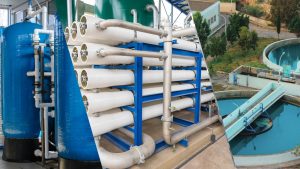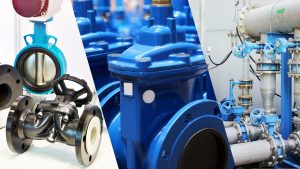Australia is highly enthusiastic about its uninterrupted water supply for the growing population due to various concerns. This is why they have built a robust network of water treatment plants within their water framework. This is not limited to one aspect, as they try out different new things each year to maintain an unshaken water supply. That is the major reason behind the rapid evolution of the Australian water treatment market. With the emergence of new trends and technological solutions, this has become a solid ground for the water industry pioneers to develop new enhancements.
In this article, we will explore the water treatment market trends that are under the spotlight in today’s Australian digital arena.
We will understand
Introducing Australia's Water Treatment Industry
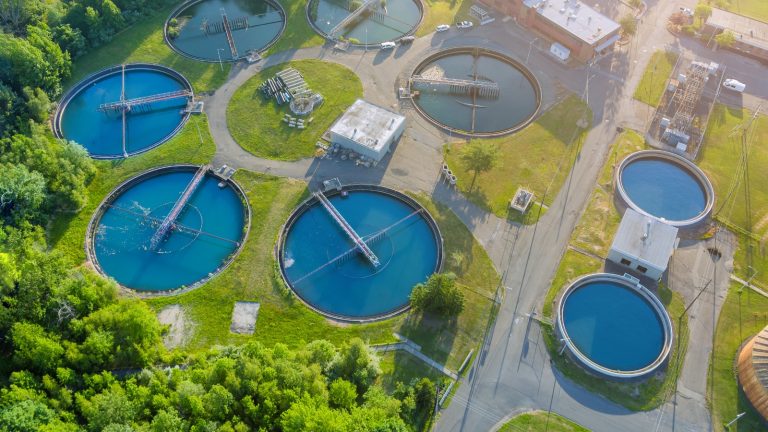
- Before going further, let us provide you with the water treatment industry outlook in Australia.
- This is one of the largest industries in the country, as their main objective is to maintain an unshaken water supply across all the states. Australia is a place where there is a lower level of rainfall throughout the year compared to the Asian and European regions. This is why it has been challenging for the Australian government and municipal and water industry authorities to provide uninterrupted water supply for the growing population each year.
- This is the main reason this country puts a heavy weight on water treatment industry developments and enhancements in every term. Australia spends an estimated US$6 billion per year on water and wastewater treatment chores and implementations.
- This is especially highlighted after the worst drought in 2019. After that, the drought conditions eased, yet Australia has predicted that they will have to experience drier weather again in 2024. They are preparing for the worst conditions and developing the water industry with the fullest force.
- Australia has a population of 26 million currently, and 94% of Australians are connected to a main water supply. In the Australian water realm, there are about 300 urban water utilities. About 70% of the population is served by the 22 biggest utilities.
- The market size of the water supply industry in Australia is also growing by the numbers, as it is estimated to be at $15.2 billion now.
- The contribution towards the water treatment industry by Australian municipalities and authorities is expressed by the fact that there are a total of 308 water treatment plants currently functioning in Australia.
Top 6 Water Treatment Market Trends in Australia
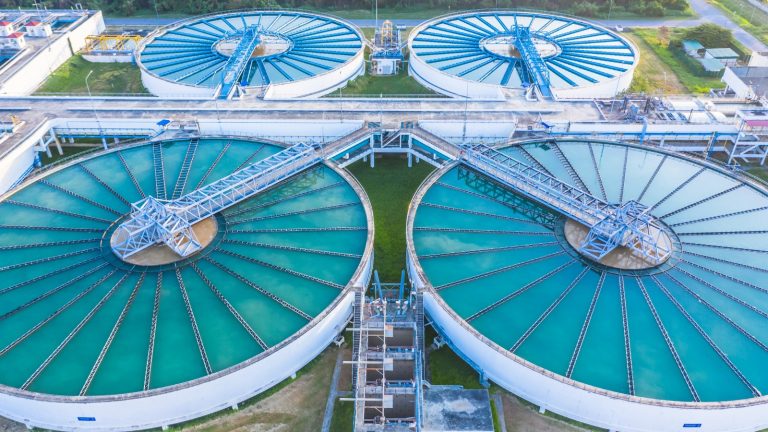
IoT Powered Smart Water Management Systems
In Australia, the adoption of IoT-powered Smart Water Management Systems has emerged as a top trend in the water industry by 2024.
These systems integrate IoT sensors and data analytics to help with real-time monitoring and optimisation of water distribution networks, leak detection, and water quality management.
Since they have held hands with IoT technology, Australian water utilities can remotely monitor various parameters, such as flow rates, pressure levels, and water quality indicators, easily. This real-time data allows for proactive identification of leaks, irregularities, and quality issues, leading to more efficient water distribution and conservation efforts.
As another trend that is interwoven with the same, predictive analytics help in optimising resource allocation and infrastructure maintenance. This ultimately enhances the reliability and sustainability of Australia’s water supply systems.
AI-Dominated Water Purification Technologies
Water purification has been a challenge for the water industry for a long time. However, modern trends have evolved to provide the best answers for this.
The water purification systems can collaborate with artificial intelligence algorithms to enhance water treatment processes, including membrane filtration, UV disinfection, and desalination.
AI tools analyse vast amounts of data generated during the purification process, optimising operational parameters for improved efficiency and cost-effectiveness.
It is quite visible that AI-driven water analytics encourage real-time monitoring of water quality parameters. This clears the way for the early detection of contaminants and ensures compliance with regulatory standards.
As you can see, with robust AI capabilities, Australian water utilities can achieve higher levels of purification. There is no need to say that it helps with resource efficiency and sustainability in managing their water supply.
It is highly beneficial for addressing the growing challenges of water scarcity and quality in the region.
Nanotechnology Applications
This means the utilisation of nanomaterials to enhance water filtration, pollutant removal, and water purification processes. It offers heightened efficiency and cost-effectiveness when it comes to the water industry.
Nanoparticles possess unique properties such as a high surface area-to-volume ratio and enhanced reactivity, making them exceptionally effective in capturing and removing contaminants from water.
If you can incorporate nanotechnology into filtration membranes, adsorbents, and catalysts, Australian water treatment facilities can achieve superior purification outcomes while reducing energy consumption and operational costs.
On the other hand, nanomaterial-based technologies hold promise for addressing emerging contaminants and improving water quality standards without making errors.
With the latter, sustainability is on the way!
Implementation of Digital Twin for Scanning the Overall Process
You know that this indicates the creation of virtual replicas of physical assets and processes that are similar to the actual elements. It backs up comprehensive monitoring, analysis, and optimisation. Plus, through the implementation of digital twin, Australian water utilities can gain real-time insights into the entire water treatment and distribution process, from source to tap.
These digital replicas are easily coupled with predictive modelling, scenario simulations, and performance optimisation. The latter allows utilities to proactively identify and address issues such as leaks, equipment failures, and inefficiencies.
With digital twin technology in hand, Australian water companies can undoubtedly enhance operational efficiency, reduce downtime, and ensure the reliability and resilience of their water infrastructure.
Advanced Water Recycling Solutions
In the Australian water industry, water recycling has gained a lot of attention due to the country’s unpredictable rainfall patterns.
Advanced Water Recycling Solutions have emerged as a market trend, encouraged by the need for sustainable water management targeting increasing water scarcity and population growth.
These solutions contain innovative methods and technologies for treating and reusing wastewater. Plus, the main aim is to conserve precious freshwater resources. These technologies are powered by advanced oxidation processes, membrane bioreactors, and other cutting-edge technologies. Australian water utilities can efficiently remove contaminants from wastewater, producing high-quality recycled water suitable for various non-potable applications such as irrigation, industrial processes, and environmental restoration.
Remote Sensing and Satellite Monitoring
This has become a transformative trend in the Australian water industry, which offers unparalleled insights into water resource management.
When implementing satellite imagery, aerial photography, and remote sensing technologies, Australian water authorities can monitor water levels as the main objective. Apart from that, they can easily track changes in land use and assess the health of aquatic ecosystems with unprecedented accuracy and efficiency.
These tools help with the timely detection of drought conditions too. It backs up the initiatives for the identification of water pollution sources and monitoring of water quality parameters across vast geographic areas in Australia.
Adjusting to the Future Trends in the Australian Water Treatment Market
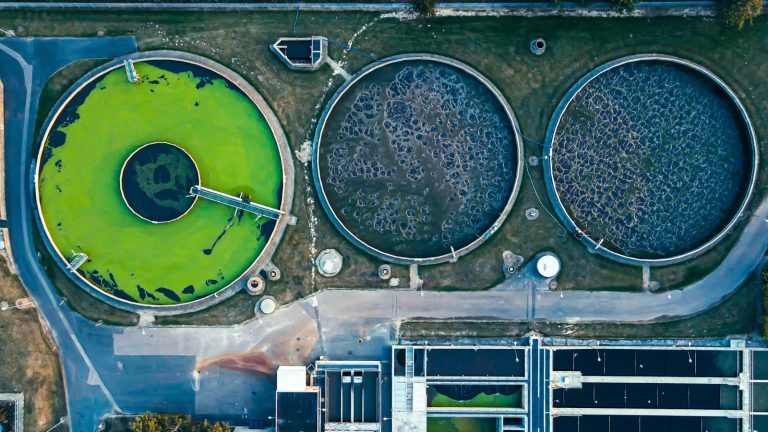
As you can see, the water industry in Australia is expanding its territory every year with the arrival of new developments in the country and the requirements of the population. This is why the Australian water treatment market finds new solutions, and eventually, they become top trends. If a water treatment plant faces various challenges, it is high time for them to find a suitable technology from the available and trending software on the market. However, reliability should receive top priority. A reputed software partner will keep this burden off your head.



